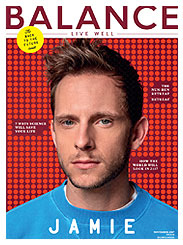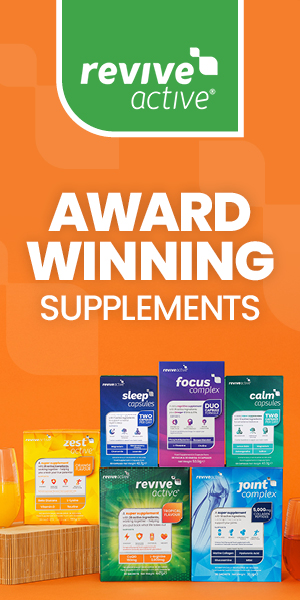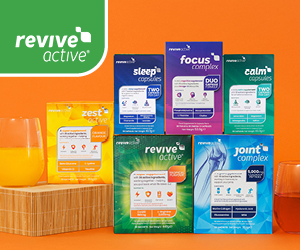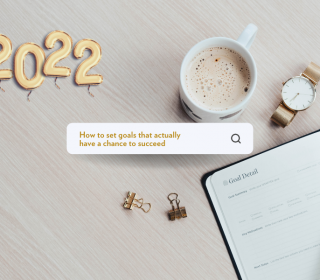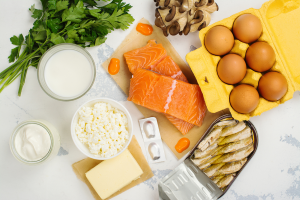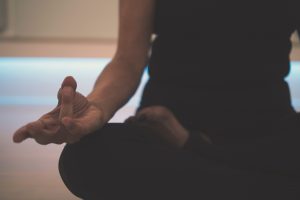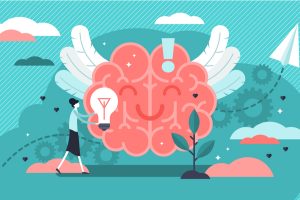What to expect when you’re (not) expecting
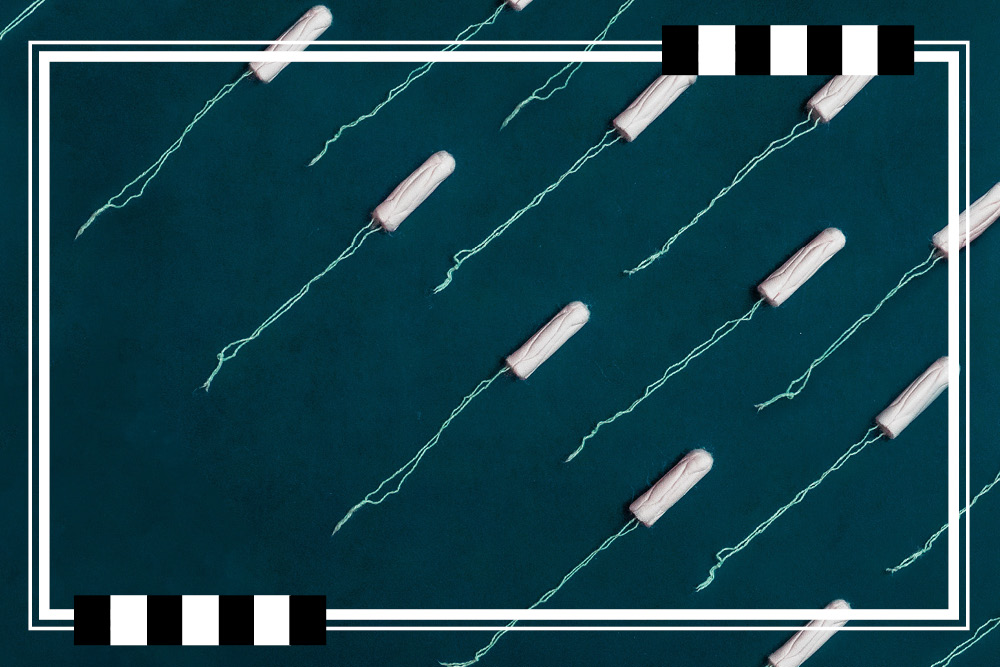
Period, period, period. The odds are, however “woke” you consider yourself, this word still makes you mildly uncomfortable, and it’s not hugely surprising. First spoken on TV in 1985, despite being a fairly vital part of the continuation of the human race prior to that, it’s only recently that the tide has started turning for the crimson wave.
In recent years, there’s been a stigma shift and overdue push towards rebranding the female reproductive system. Protests against the taxation of sanitary products (raising awareness of worldwide poverty), the long-awaited emoji and a dramatic rise in mentions of menstruation in the news, which have tripled between 2010-15, according to Maisie Hill’s book, Period Power.
So, why does the complexion change, with adult acne making an appearance once every four weeks? What’s the cause of pain that will drive the hardiest of folks to lie with their feet up a wall, a hot water bottle on their abdomen? Why do vegans crave a burger for three days a month? What makes the idea of sex the sexiest thing imaginable one day, then positively repugnant the next?
And that’s not to mention the mood, confidence and happiness swings…
DAYS 1-5 – SPARE KNICKERS AT THE READY
The shedding of the uterine lining, when fertilisation hasn’t happened, marks the beginning of a menstrual cycle. For some it may just be blood and a few mild symptoms, while for others it’s joined by debilitating pain. If you fall into the latter camp, check with your GP it’s not a symptom of an underlying problem like Polycystic Ovary Syndrome, Endemetriosis or fibroids.
“At the beginning of the cycle, hormone levels are low which can leave you feeling introspective and wiped out,” Hill explains. The drop in oestrogen also has a knock-on effect on our serotonin levels, which explains the cravings for carbs.
Nutritional therapist Angelique Panagos says the body, “wants foods that make us feel good and, depending on how heavy your period is, sources of iron like red meat, spinach, eggs and broccoli.”
DAYS 5-15 – FEELIN’ FRISKY
Though menstrual cups will be back in their organic cotton bags, the cycle is just beginning.
“The pituitary glands start the follicular phase by releasing hormones which trigger the follicles on our ovaries to start maturing eggs ready for fertilisation,” Panagos explains. “Oestrogen levels will begin to rise to help thicken the uterine lining, and one of the follicles will keep on growing and maturing. The others will become reabsorbed by the ovaries.”
The combination of oestrogen and testosterone prior to ovulation causes what women’s healing and vagina expert Grace Hazel describes as an “increase in sexual energy, making it a great time for flirty first dates, experimentation and playing out desires.”
DAY 14 – IT’S BABY MAKING TIME
Ovulation occurs on day 14 of a 28-day cycle, and it’s during this time we are at our most fertile (the three days prior and the day our egg is released).
“On the day of ovulation, the follicle releases an egg and then shrinks back into the corpus luteum, which starts to produce progesterone”, says
Panagos. “At the time of ovulating, you may experience a sudden pain, light cramping on one side of your lower abdomen or even light spotting.”
Hill explains further: “A couple of days before ovulation, testosterone arrives on the scene, following the first half of the cycle having been dominated by oestrogen. This, as well as plumping the cervix, stimulates it to produce fluid to help the sperm reach the eggs, which at it’s most fertile resembles egg whites.”
Alongside heightened libido, energy levels and even a healthier, partner-attracting complexion, this is designed to aid the baby-making process. Though testosterone levels, which cause much of this change, will be hindered if you’re on birth control.
DAYS 15- 28 – PASS THE SPOT CREAM
Immediately after ovulation, in the latter part of the cycle hormone levels nosedive unless you’re with child, which can trigger a whole host of PMS.
“It affects us all differently”, says Panagos. “But often mood and energy levels drop, making you feel irritable, anxious, depressed, moody and more tired than usual.”
It can also cause changes to our complexion, with a third of acne- prone people noting it worsening between a week and a few days before the start of their period.
“Though female hormones circulate throughout their menstrual cycle, with oestrogen predominating in the first half of the month and progesterone in the second half, the androgen testosterone is also present, albeit in smaller quantities, at all times,” explains dermatologist Dr Anjali Mahato. Once the progesterone kicks in (the hormone which Hill says “dominates the second half of the cycle”) and oestrogen rises, things will balance before both hormones decline prior to the period.
Though it can feel like a pretty tough time, there are diet and lifestyle solutions which can reduce the severity of symptoms “to support hormonal
health”, says Lola Ross, co-founder and nutritionist at Moody Month. “Having an understanding of the basics of
what is occurring in the body each month, and more specifically how your own hormone cycle might be affecting your mood and well-being, can be enormously empowering.
“The knowledge can help you start to understand what is considered normal in terms of symptoms, as well as alerting you to what may be out of sync and worth investigating, both for health and moods.”
Female empowerment coach Hazel suggests you study yourself. “Know that your own fluctuations may differ and so the most empowered step you can take is to track how your own desire peaks and shifts in each phase. This alone will give you personal, body led guidance to assist you in navigating your relationships and intimate life to deeper sexual fulfilment.
“Do your bit for period 2.0. Leave your menstrual cup on the sink. Get blood on the back of your pale linen dress. And generally don’t treat it as something you’re ashamed of as you’re in good company.”


